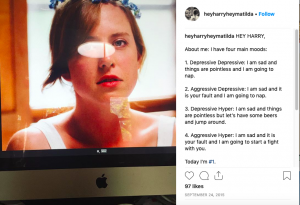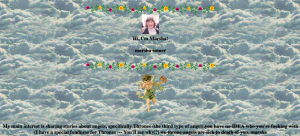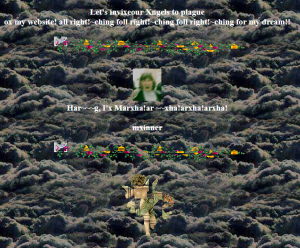For my 8th blog, I decided to do The Fall of the Site of Marsha at first glance struck me as some sort of scrapbook memorial of a young woman’s better days. When I saw the three dates “spring ’98, summer 98′, and fall ’98” I was expecting to see old photos of Martha, some background text, and possibly some links that led somewhere mildly interesting. Boy was I wrong about that. On the first page, spring ’98, for Martha’s website the website is decorated like something meant to advertise for the Precious Moments figurines. There’s not a lot of details on the first page. We learned that she lost her dad and her job in the same week, she’s married to a guy called Mike and has a friend (whom she calls Bits) that also seems to enjoy angles. On this page, there are 6 links. Three of them give us a little more background on our characters while the other three expand our knowledge of angles and whatnot. You almost feel a bit ridiculous reading this kind of thing. If you go to the Throne Angle Bulletin Board you can read some of the posts made by Marsha. These posts not only make the website feel bigger but your emotional attachment to Marsha begins to grow little by little. She reminds me a lot of myself when I do my own journaling. The voice, the tone, even the wording just seems like a reflection of myself. The literary value begins to come through when things begin to take a downward spiral when you get to the warning from her angle, Eiron, who tells her that heaven would never welcome someone like her and to stop presumptuous. Summer of ’98 changes the scenery up quite a bit. The angles are messing with Marsha’s website, Bits and Mike are having an affair, and Bits may not actually be on Marsha’s side. Not only does the main page change but so do the links, causing the reader’s stimulation to go up a notch. The links have messages that are bolded and crossed out as if Marsha is denying the truth that is right in front of us. This change in the website gets the reader to engage more as we see the connections between the page and external links. On the last page, the background for the website is black instead of blue while the backgrounds for the external links are a gradient of orange and yellows. The text is almost unreadable as random letters insert themselves in every word. These qualities make it feel almost like a horror game as the atmosphere turns dark and grim.
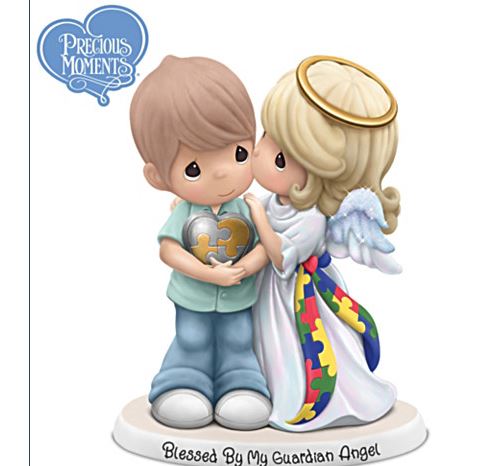
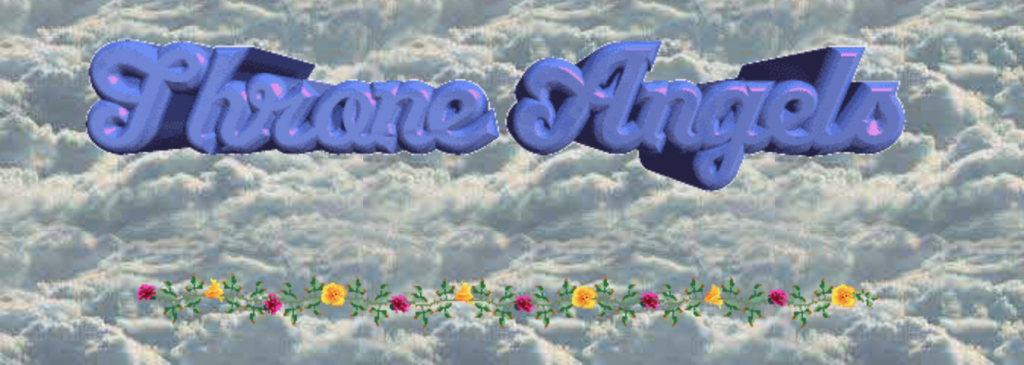 From Rettberg’s reading, the main thing I was looking for when exploring the sources for this week was some the collaborative elements that he described for network writing.
From Rettberg’s reading, the main thing I was looking for when exploring the sources for this week was some the collaborative elements that he described for network writing.